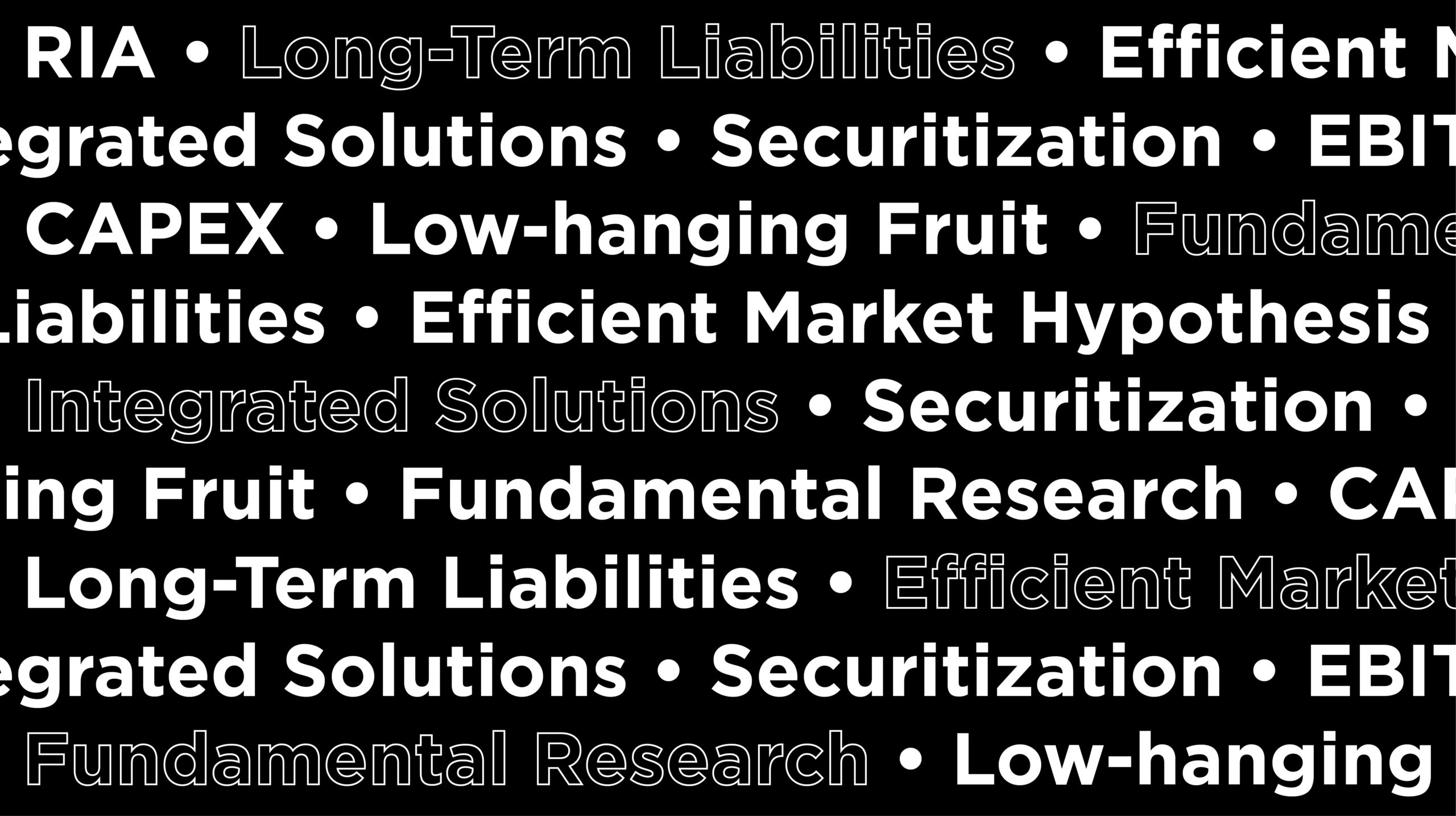Financial brands finding their voice
Why language is critical for a successful CX

The extraordinary events of 2020 have driven millions of consumers and businesses to seek financial information and advice. A year that could have been a disaster for the financial industry has offered up great opportunity for brands that deliver product, service, and content on their customers’ terms.
As many of our financial clients have been launching new brands, products, digital experiences and content programs, it has been encouraging to see a heightened focus on all things verbal. For some, it’s about eliminating the jargon that still permeates communications across the industry. Others are taking simplified financial services branding a step further – ensuring not only clarity but that their brand verbally conveys a tone and personality that feels human and authentic.
While financial content has always been heavy on words, the desire to sound “sophisticated” unfortunately often wins the battle over clarity and friendliness. While a handful of players (primarily fintechs) have been changing the game, the industry overall has been surprisingly slow to embrace human language.
One recent analysis of 60 top asset management websites gave all but two a poor grade for readability, with the average score similar to an academic paper on chess or the Harvard Law Review. Keep in mind that even if your customers have the aptitude, it is doubtful that they will invest the time and effort to sort though unnecessarily long and complex content.
More and more financial marketing and sales executives (and even CEOs) are realizing that words truly matter, and the right ones can drive better business results. Studies show that using industry jargon alienates customers, while explaining complex topics in approachable language intrigues and engages them.
The academic who led one such study noted, “The use of difficult words are a signal that tells people they don’t belong.” Given that we’re trying to get people to trust us to help with some of the most consequential decisions in their lives, it’s our burden to convince them.
Staying focused on a few key principles can really have an impact:
Value clarity above all else
There’s been talk about simplifying financial content for years, but as mentioned above, not a ton of progress. To make lasting change, senior leaders need to make this a priority not only for marketers and agencies, but also for investment talent and other SMEs, product managers, sales, client service, and compliance. A wide range of tech solutions can also help identify overly complex language and ease the burden of fixing it.
Embrace a friendly voice—but stay true to your brand
Whether you are targeting everyday banking consumers or experienced financial advisors, most communications have become less formal. As financial brands evolve to stay current and connect with a more diverse mix of customers, it’s all about letting down your guard a bit while still staying authentic to the brand.
When our client Capital Group recently refreshed the brand of their private wealth offering, we developed detailed verbal and messaging guidelines to help marketing and sales teams embrace the brand’s positioning and personality, and stay focused on key voice principles. We encouraged communicators to embody the persona of “the trusted family friend.” The goal was for the brand to speak in a way that was intimate yet professional, smart but not too technical, and confident without being arrogant.
Develop and socialize practical verbal guidelines
Many organizations obsessively enforce visual identity guidelines, while verbal considerations are diminished or ignored altogether. Given the huge number of content creators at most financial brands, clear, ongoing guidance and training on language is essential. We’ve seen the greatest success when guidelines are created not only for marketers and agencies, but also for product SMEs and sales, and when they include a range of functional, before-and-after examples like team bios and LinkedIn posts.
We’re excited to see the industry embrace a more human and approachable tone throughout the customer experience. In this complicated world, it’s refreshing to see some areas become less opaque.